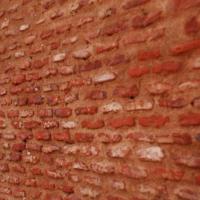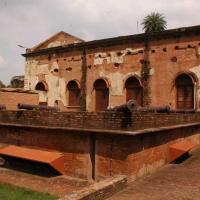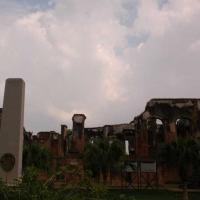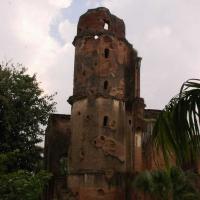Design Gallery
The Residency
by
A glimpse of the first war of independence. Among the colonial monuments of Lucknow, the Residency deserves special mention as even in its ruins it still reflects the ambience of a bygone era of both Nawabi and British periods. Situated on the south of Gomti river on a high ground, the construction of the Residency was started by Nawab Asaf-ud-daula and completed by Nawab Saadat Ali Khan in 1800 A.D. Claude Martin also built a number of houses here and rented them to the Europeans. The history of the Residency can be traced back to 1774 A.D. when Nawab Shuja-ud-daula agreed to have a British Resident stationed in Awadh. Earlier, a residency was established at Faizabad which was the capital of Awadh. The residency moved with Nawab Asaf-ud-daula when the capital of Awadh was shifted from Faizabad to Lucknow. General Claude Martin entered in the court of Awadh during the regime of Nawab asaf-ud-daula. Originally, the site of the Residency belonged to Shekhzadas and Claude Martin purchased a considerable portion towards the northern slope for the construction of houses. The war for freedom against the East India Company in 1857 spread like a raging fire in many parts of Lucknow. British houses were attacked and vandalised to such an extent that they had to take refuge in the Residency for safety. With the defeat of the company the first battle of Chinhut, the entire Residency complex faced shelling and counter shelling over a long period of 5 months.























